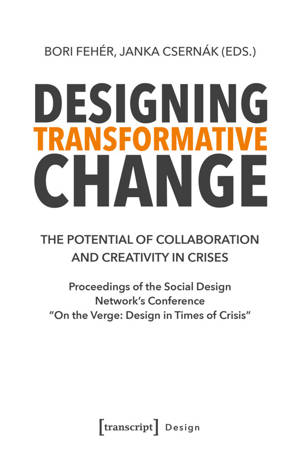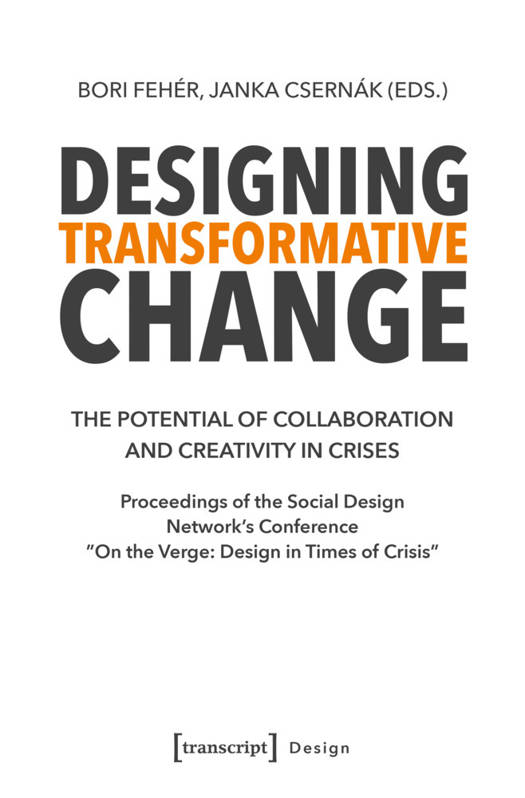
Je cadeautjes zeker op tijd in huis hebben voor de feestdagen? Kom langs in onze winkels en vind het perfecte geschenk!
- Afhalen na 1 uur in een winkel met voorraad
- Gratis thuislevering in België vanaf € 30
- Ruim aanbod met 7 miljoen producten
Je cadeautjes zeker op tijd in huis hebben voor de feestdagen? Kom langs in onze winkels en vind het perfecte geschenk!
- Afhalen na 1 uur in een winkel met voorraad
- Gratis thuislevering in België vanaf € 30
- Ruim aanbod met 7 miljoen producten
Zoeken
Designing Transformative Change
The Potential of Collaboration and Creativity in Crises. Proceedings of the Social Design Network's Conference »On the Verge: Design in Times of Crisis«
€ 93,45
+ 186 punten
Omschrijving
Design, as a discipline, has historically demonstrated responsiveness to societal developments and crises. However, amidst the multifaceted challenges of our times, there is a growing discourse surrounding the potential for design to not only react but also serve as a catalyst for transformative change. This discourse raises pivotal questions about the role of design in fostering hope, generating realistic solutions, and mitigating global and local crises. Drawing upon interdisciplinary perspectives and empirical research as well as case studies, the contributors to this volume critically examine the evolving role of designers in responding to contemporary crises.
Specificaties
Betrokkenen
- Uitgeverij:
Inhoud
- Aantal bladzijden:
- 278
- Taal:
- Engels
- Reeks:
Eigenschappen
- Productcode (EAN):
- 9783837676037
- Verschijningsdatum:
- 29/07/2025
- Uitvoering:
- Paperback
- Formaat:
- Trade paperback (VS)
- Afmetingen:
- 152 mm x 229 mm
- Gewicht:
- 371 g

Alleen bij Standaard Boekhandel
+ 186 punten op je klantenkaart van Standaard Boekhandel
Beoordelingen
We publiceren alleen reviews die voldoen aan de voorwaarden voor reviews. Bekijk onze voorwaarden voor reviews.








